Pittsburgh Water and Sewer Authority
The Thomas Consulting Group conducted interviews with the Pittsburgh Water & Sewer Authority (PWSA) leadership, researched and reviewed (both historical and current) reports, documents and media coverage involving PWSA for the preparation of this report. Due to the complexities found regarding the management, structure, and performance of the agency, a review of historical issues facing PWSA have been found necessary for inclusion in the full report.
The PWSA is a body that is corporate and politic organized and existing under the Act pursuant to Resolution No. 36 of the Council of the City of Pittsburgh (the City), duly enacted on Feb. 6, 1984, approved by the Mayor on February 8, 1984, and effective Feb. 16, 1984. The Secretary of the Commonwealth of Pennsylvania approved the Authority’s Articles of Incorporation and issued a Certificate of Incorporation on Feb. 17, 1984. Articles of Amendment were approved, and a Certificate of Amendment was issued by the Pennsylvania Department of State on Dec. 11, 1989, to include, among authorized projects, low-head dams and facilities for generating surplus electric power. Articles of Amendment were approved, and a Certificate of Amendment was issued by the Pennsylvania Department of State on May 9, 2008, to extend the term of existence of the Authority to May 21, 2045. Articles of Amendment were approved, and a Certificate of Amendment was issued by the Pennsylvania Department of State on March 19, 2020, to extend the term of existence of the Authority to March 13, 2070, and to include stormwater systems.
Under its Articles of Incorporation, the Authority is specifically authorized to acquire, hold, construct, finance, improve, maintain, operate, own, and lease, either as lessor or lessee, projects of the following kinds and character: sewers, sewer systems or parts thereof, waterworks, water supply works, and water distribution systems, low-head dams, facilities for generating surplus power, and stormwater systems.
The System provides water to approximately 81,000 customers or 84% of the total population in the geographic boundaries of the City. The Authority provides wastewater collection and transmission service to almost the entire City, estimated at 306,000 residents. The System Executive Summary 5 does not include wastewater treatment facilities; such facilities are the responsibility of the Allegheny County Sanitary Authority (ALCOSAN), a separate and distinct legal entity.
The Authority operates and maintains a 117 million gallon per day (MGD) rapid sand type water treatment plant; a 26 MGD microfiltration plant; approximately 964 miles of water mains; over 32,000 valves and fire hydrants; 1 raw water pump station; 10 finished water pump stations; 4 in-ground reservoirs; 10 storage tanks; approximately 1,220 miles of sanitary, storm, and combined sewers; 29,000 manholes; 30,000 catch basins and inlets; 38 combined sewer overflow outfalls; 185 storm outfalls; and four wastewater pump stations.
More about PWSA
Below is a list of content in PWSA's Transition Brief (prepared by Thomas Consulting Group for The Pittsburgh Foundation).
|
KEY FINDINGS
|
|
MORE ABOUT THE AUTHORITY
|

